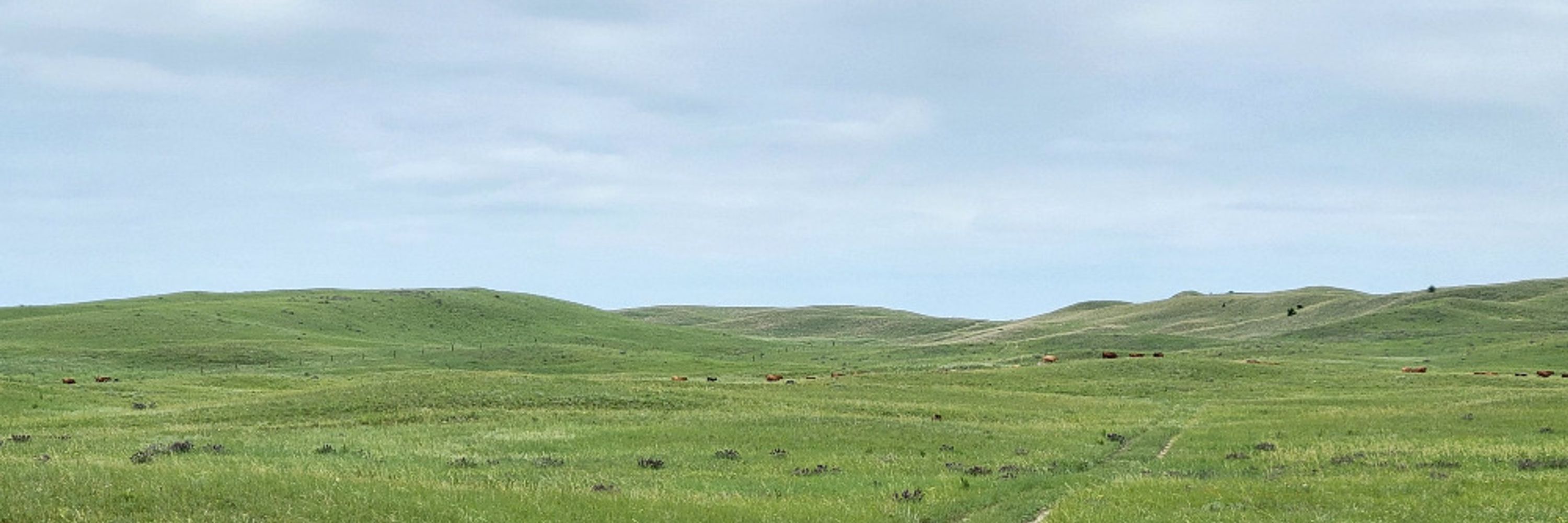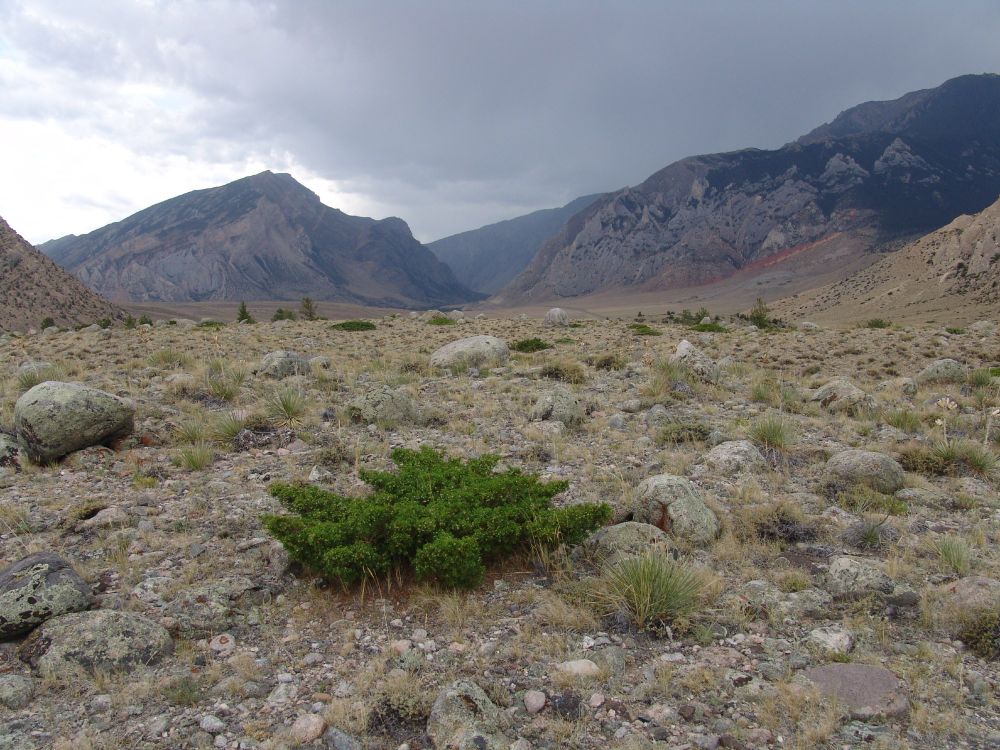





My point about the uncertainty in the 1:100 year of event is not stated explicitly, but it’s obvious if you know what to look for.
My point about the uncertainty in the 1:100 year of event is not stated explicitly, but it’s obvious if you know what to look for.
Our estimates of the 1 in 100 flood are almost always extrapolations and depend heavily on our assumptions and a few (or zero) real events. In most cases, the 'actual' 1:100 flood could be ~20% lower or higher (at least).
We do *not* know what the 100-yr flood level is - even if we had perfect DEMs.
Even if we had perfect historical data, non-stationarity means we don’t know what the level is *now*, let alone in the future.

Our estimates of the 1 in 100 flood are almost always extrapolations and depend heavily on our assumptions and a few (or zero) real events. In most cases, the 'actual' 1:100 flood could be ~20% lower or higher (at least).





These are the at the two farms I frequent to spot migration near the WI River.
#birds #SandhillCranes


These are the at the two farms I frequent to spot migration near the WI River.
#birds #SandhillCranes



Brand names have been sounding like AI slop since way before that was a thing.
Brand names have been sounding like AI slop since way before that was a thing.
(probably intended to apply during peak snowmelt flow in late spring to early summer)
(probably intended to apply during peak snowmelt flow in late spring to early summer)
#rayshader adventures, an #rstats tale

#rayshader adventures, an #rstats tale


storymaps.arcgis.com/stories/c375...
storymaps.arcgis.com/stories/c375...



